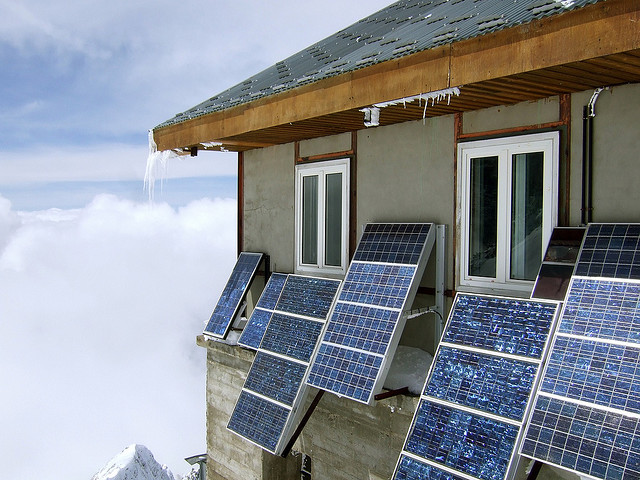Solar power produces only a tiny fraction of America's energy, but that hasn't stopped greens — who are always up for expending at least as much energy fighting each other as fighting fossil fuels — from commencing a debate that we'll probably be having for decades, if not centuries to come: Is it better to build gigantic, centralized solar power plants that function like the fossil fuel-powered plants they're designed to replace, or should we do something more radical and create a distributed power generation system, in which solar photovoltaic panels are sited as close as possible to the users of the electricity they produce?
The arguments in favor of distributed solar are myriad — putting solar panels on your roof or in your neighborhood doesn't require a gigantic new transmission infrastructure, like building a plant in the middle of the desert would, and there are no losses due to transporting that electricity to remote markets, which can be significant.
On the other hand, we already have an electricity network that is designed to accommodate centralized power plants, and it would be nice to combine solar thermal power plants with energy storage technology to achieve what could be more or less drop-in replacements for our existing fossil fuel power plants.
There's also the issue that solar photovoltaics are the most expensive way to generate power, before you take into account the cost of transmission infrastructure.
Whoever "wins" this debate might get the moral high ground and a tiara made out of leaves, but the amount of renewable energy we'll have to build to get off fossil fuels is so incomprehensibly huge — and our ability to plan so inadequate to the task — that it's hard to imagine a future in which just about every renewable solution available isn't a part of the mix.



